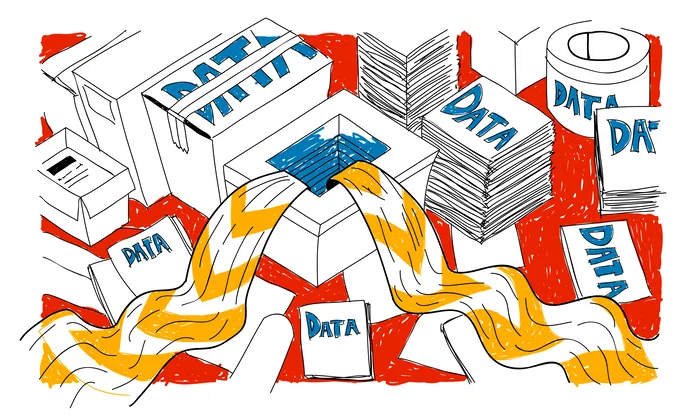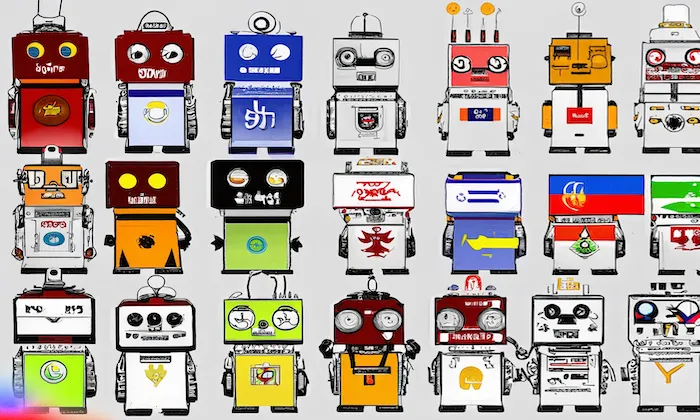What are the unique characteristics of in-car speech from a phonetic perspective?
Phonetics
In-Car Speech
Acoustic Analysis
In-car speech datasets play a pivotal role in developing voice recognition systems tailored for the unique acoustic environments of vehicles. The phonetic attributes of this speech differ significantly from those in controlled settings like studios or homes. Understanding these differences is essential for engineers and researchers focusing on automotive AI applications.
Unique Acoustic Challenges in Vehicles
The acoustic environment inside vehicles presents distinct challenges for speech recognition:
- Background Noise: In-car speech is affected by various noise sources, including engine sounds, road texture, and weather conditions. These factors degrade speech clarity and require specialized noise-cancellation algorithms.
- Microphone Placement: Microphones may be dashboard-mounted or embedded within the car’s system. Placement impacts sound quality, creating unique echo and distortion profiles.
- Dynamic Conditions: Factors such as open windows, air conditioning, and background music contribute to variability in the acoustic environment, altering the phonetic characteristics of speech.
Phonetic Variability in In-Car Speech
Several unique phonetic features are critical for effective speech recognition systems:
- Diminished Clarity: Environmental interference can lead to vowel centralization or consonant devoicing, making speech less distinct.
- Command-Based Speech: Many in-car utterances are short, direct commands like “Turn on navigation,” which differ from casual conversation in both structure and phonetic delivery.
- Speaker Variability: In-car datasets capture a broad demographic range like accents, ages, and genders to help AI models generalize effectively.
Acoustic Modeling and Technological Solutions
Understanding the phonetic nuances of in-car speech is vital for acoustic modeling. This enables machine learning algorithms to adapt to vehicle-specific soundscapes:
- Neural Networks: These model complex acoustic patterns and improve recognition of distorted or noisy speech.
- Signal Processing Techniques: Beamforming and echo cancellation refine audio input before recognition.
Real-World Impacts and Use Cases
The phonetic characteristics of in-car speech directly influence practical AI applications:
- Voice-Enabled Infotainment Systems: Accurate speech recognition ensures smooth user interaction even in noisy environments.
- Emotion Recognition in Autonomous Vehicles: Understanding emotional states can boost safety and user satisfaction by allowing systems to adapt responses accordingly.
Case Study: Luxury EV Brand
A premium electric vehicle manufacturer used 500 hours of spontaneous in-car speech to train its multilingual voice assistant. By focusing on phonetic attributes unique to in-car speech, they significantly improved recognition accuracy and customer satisfaction.
Best Practices for Addressing Phonetic Challenges
- Diverse Data Collection: Include varied driving conditions and a wide range of speakers to ensure model robustness.
- Detailed Annotation: Apply annotation strategies that capture phonetic nuances, overlapping speech, and emotional intent.
- Continuous Evaluation: Measure performance with metrics like Word Error Rate (WER) and intent detection accuracy, then refine datasets based on results.
Future Trends in In-Car Speech Recognition
As the automotive industry advances, in-car speech datasets will evolve to support:
- Multi-Modal Systems: Combining speech with visual and sensor data for richer user interactions.
- Federated Learning: Training models on decentralized data for personalized experiences while safeguarding privacy.
By recognizing and addressing the unique phonetic challenges of in-car speech, developers can build more accurate and reliable voice recognition systems. FutureBeeAI offers specialized annotations and tailored datasets to meet automotive sector needs, helping companies deliver innovative, user-friendly AI solutions.
What Else Do People Ask?
Related AI Articles
Browse Matching Datasets
Acquiring high-quality AI datasets has never been easier!!!
Get in touch with our AI data expert now!








